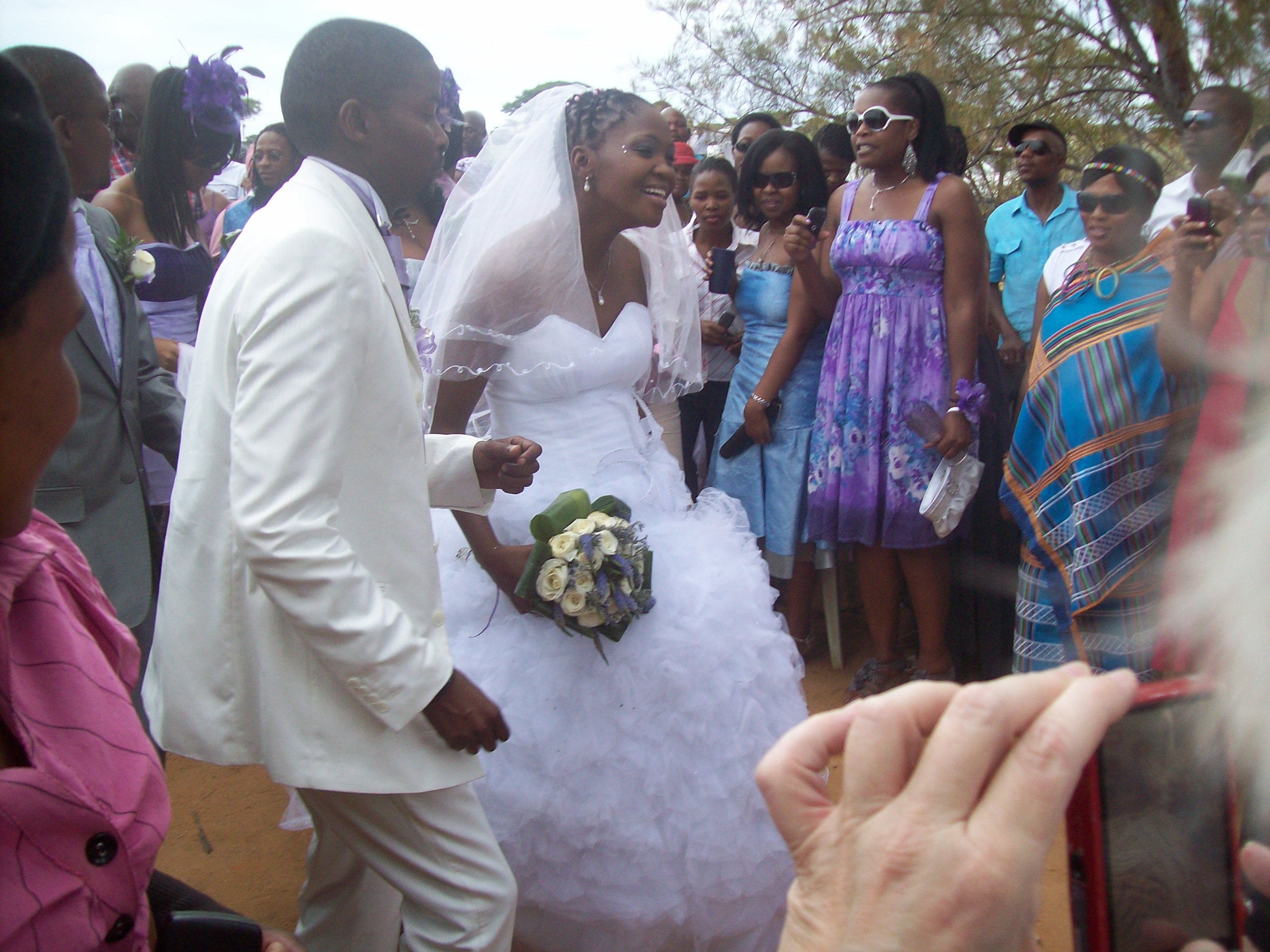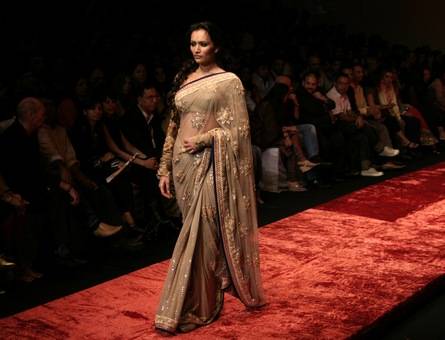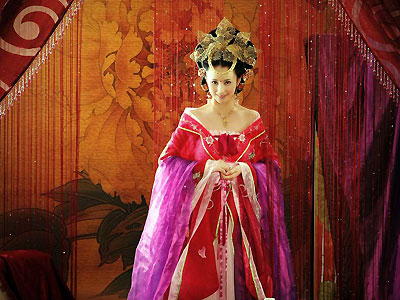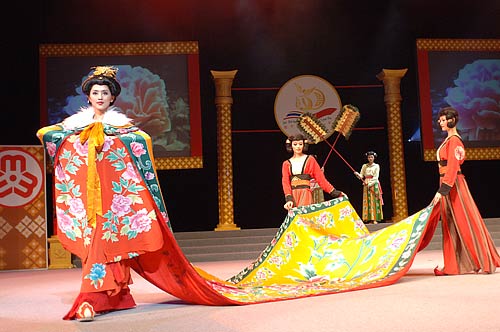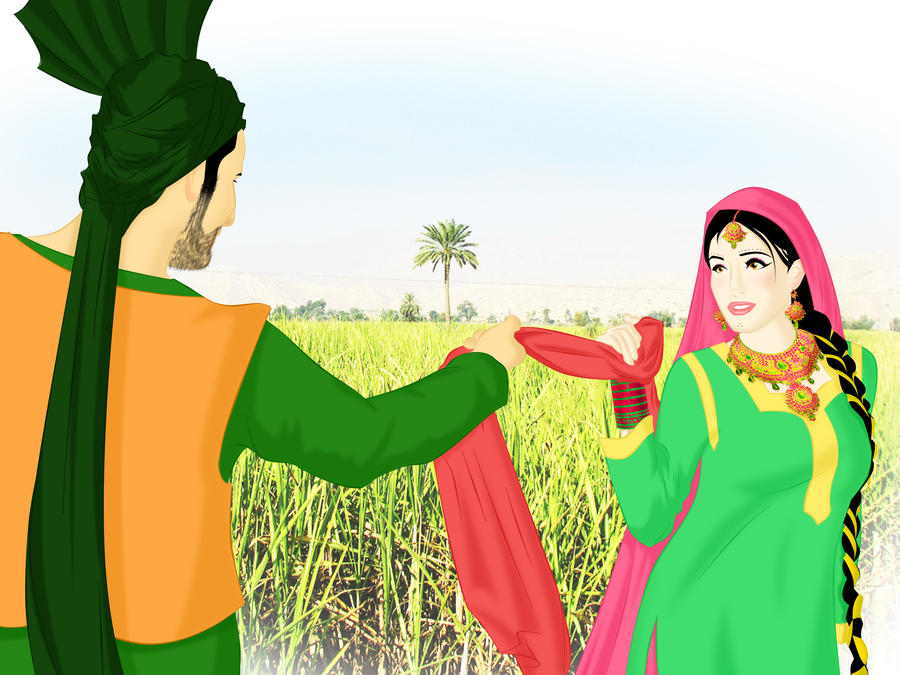source(google.com.pk)
Traditional Dresses of India Biography



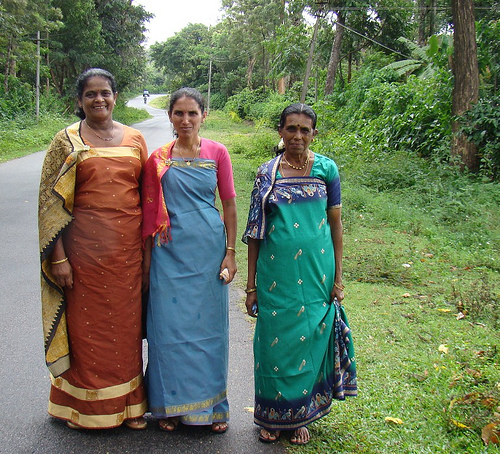
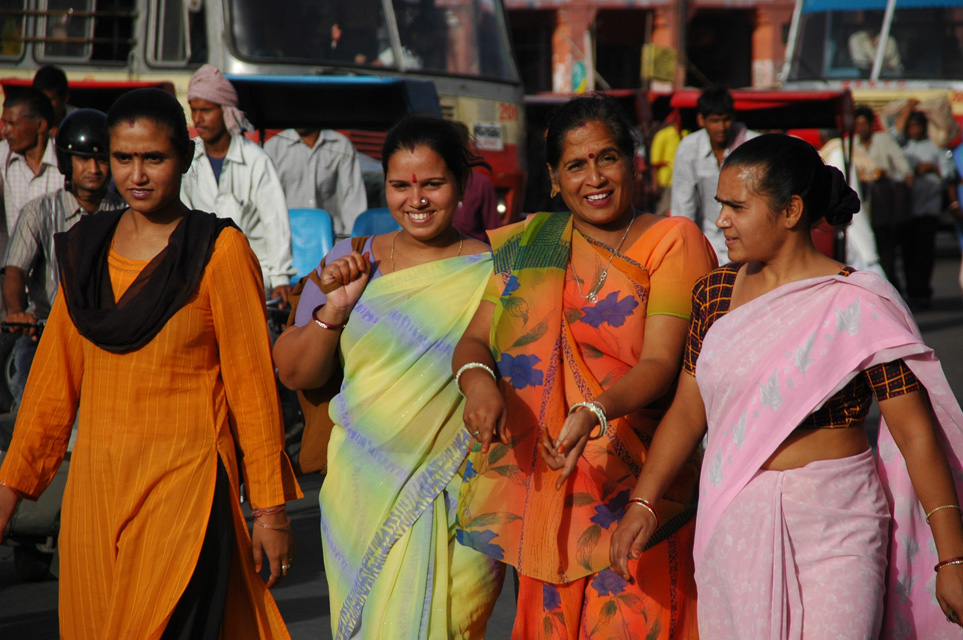

 Traditional Dresses of India
Traditional Dresses of India
Traditional Dresses of India Biography
Clothing in India varies from region to region depending on the ethnicity, geography, climate and cultural traditions of the people of that region. Historically, men and women's clothing has evolved from simple Langotas and loincloths to cover the body to elaborate costumes not only used in daily wear but also on festive occasions as well as rituals and dance performances. In urban areas, western clothing is common and uniformly worn by people of all strata. India also has a great diversity in terms of weaves, fibers, colors and material of clothing. Color codes are followed in clothing based on the religion and ritual concerned. For instance, Hindus wear white clothes to indicate mourning while Parsis and Christians wear white to weddings
Traditional Indian clothing for women are the saris or the salwar kameez and also Ghaghra Cholis (Lehengas). For men, traditional clothes are the Dhoti, Lungi or Kurta. Mumbai, formerly known as Bombay, is one of India's fashion capitals. In some village parts of India, traditional clothing mostly will be worn. In southern India the men wear long, white sheets of cloth called dhoti in north Indian languages like Hindi and Bengali and veshti in Tamil. Over the dhoti, men wear shirts, t-shirts, or anything else. Women wear a sari, a long sheet of colourful cloth with patterns. This is draped over a simple or fancy blouse. This is worn by young ladies and woman. Little girls wear a pavada. A pavada is a long skirt worn under a blouse. Both are often daily patterned. Bindi is part of the women's make-up. Indo-western clothing is the fusion of Western and Subcontinental fashion. Churidar, Dupatta, Gamchha, Kurta, Mundum Neriyathum, Sherwani are among other clothes
Traditional Indian attire took on political significance during India's struggle for independence from British rule during the first half of the 20th century. Mohandas Gandhi famously wore the traditional Indian dhoti and shawl. The dhoti is rectangular strip of cloth about 7 yards long. Men wear the dhoti wrapped and knotted around their legs and waists.
Gandhi hand spun the yarn for the fabrics he wore. In India, Gandhi's choice of attire became politically meaningful because it spoke to the movement to reject British goods and support Indian products and traditions.
Sari
The sari, sometimes spelled "saree," is a long strip of unstitched cloth that women drape over the body in several different way
A Ghagra Choli or a Lehenga Choli is the traditional clothing of women in Rajasthan and Gujarat.[citation needed] Punjabis also wear them and they are used in some of their folk dances. It is a combination of lehenga, a tight choli and a odhani. A lehenga is a form of long skirt which is pleated. It is usually embroidered or has a thick border at the bottom. A choli is a blouse shell garment, which is cut to fit to the body and has short sleeves and a low neck.
Different styles of ghagra cholis are worn by the women, ranging from a simple cotton lehenga choli as a daily wear, a traditional ghagra with mirrors embellished usually worn during navratri for the garba dance or a fully embroidered lehenga worn during marriage ceremonies by the bride
The salwar kameez is the traditional wear of women in Punjab, Haryana, Himachal Pradesh and Kashmir[29] and has become the most popular dress for females. It consists of loose trousers (the salwar) narrow at the ankles, topped by a tunic top (the kameez).[29] It is named as "Punjabi suit" or simply "shalwar" in the north and "churidaar" in Southern India.[30] Women generally wear a dupatta or odani (Veil) with salwar kameez to cover their head and shoulders.[29] It is always worn with a scarf called a dupatta, which is used to cover the head and drawn over the bosom. The material for the dupatta usually depends upon that of the suit, and is generally of cotton, georgette, silk, chiffon among others.[citation needed] This dress is worn by almost every teenage girl in lieu of western clothes. The salwar kameez is most common in the northwestern part of India. Many actresses wear the salwar kameez in Bollywood movies
Traditional Indian attire took on political significance during India's struggle for independence from British rule during the first half of the 20th century. Mohandas Gandhi famously wore the traditional Indian dhoti and shawl. The dhoti is rectangular strip of cloth about 7 yards long. Men wear the dhoti wrapped and knotted around their legs and waists.
Gandhi hand spun the yarn for the fabrics he wore. In India, Gandhi's choice of attire became politically meaningful because it spoke to the movement to reject British goods and support Indian products and traditions.
Sari
The sari, sometimes spelled "saree," is a long strip of unstitched cloth that women drape over the body in several different way
A Ghagra Choli or a Lehenga Choli is the traditional clothing of women in Rajasthan and Gujarat.[citation needed] Punjabis also wear them and they are used in some of their folk dances. It is a combination of lehenga, a tight choli and a odhani. A lehenga is a form of long skirt which is pleated. It is usually embroidered or has a thick border at the bottom. A choli is a blouse shell garment, which is cut to fit to the body and has short sleeves and a low neck.
Different styles of ghagra cholis are worn by the women, ranging from a simple cotton lehenga choli as a daily wear, a traditional ghagra with mirrors embellished usually worn during navratri for the garba dance or a fully embroidered lehenga worn during marriage ceremonies by the bride
The salwar kameez is the traditional wear of women in Punjab, Haryana, Himachal Pradesh and Kashmir[29] and has become the most popular dress for females. It consists of loose trousers (the salwar) narrow at the ankles, topped by a tunic top (the kameez).[29] It is named as "Punjabi suit" or simply "shalwar" in the north and "churidaar" in Southern India.[30] Women generally wear a dupatta or odani (Veil) with salwar kameez to cover their head and shoulders.[29] It is always worn with a scarf called a dupatta, which is used to cover the head and drawn over the bosom. The material for the dupatta usually depends upon that of the suit, and is generally of cotton, georgette, silk, chiffon among others.[citation needed] This dress is worn by almost every teenage girl in lieu of western clothes. The salwar kameez is most common in the northwestern part of India. Many actresses wear the salwar kameez in Bollywood movies
Traditional Dresses of India

Traditional Dresses of India

Traditional Dresses of India

Traditional Dresses of India

Traditional Dresses of India

Traditional Dresses of India
Traditional Dresses of India

Traditional Dresses of India

Traditional Dresses of India
 Traditional Dresses of India
Traditional Dresses of India



